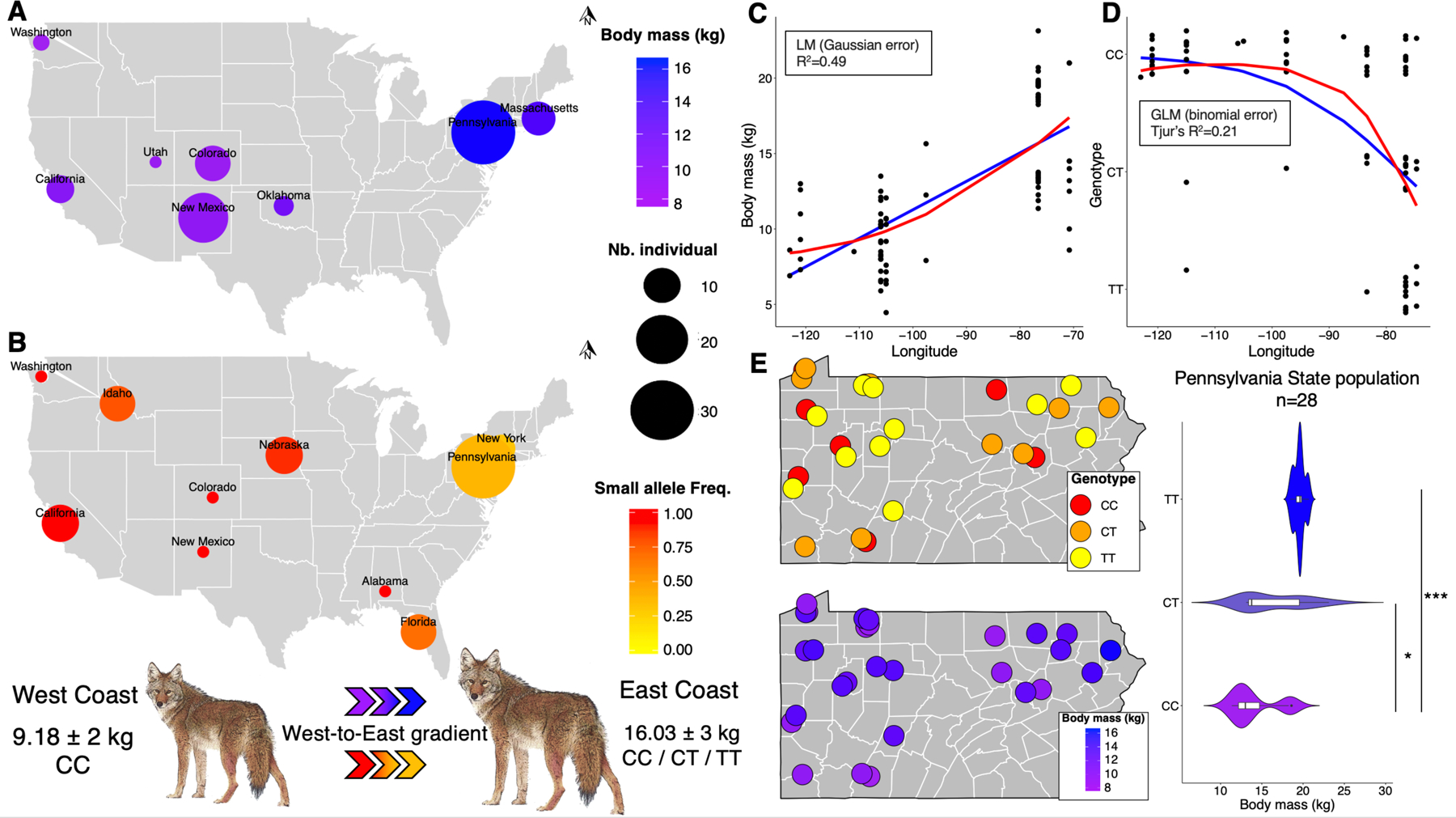Figure 4. Relationship between IGF1-AS variant genotype and individual body mass measures in coyotes.

(A) Mean body mass reported by U.S. state for 79 coyotes sampled by universities and museums, as indicated in Methods. Circle size indicates number of individuals. (B) Frequency of the C allele of IGF1-AS variant in 76 samples (distinct from those in A - see Methods) drawn from eight states across the U.S. Both maps illustrate the West-to-East gradient for the coyote population supported by statistical models (C-D). Linear (blue) and quadratic (red) relationships between longitude and, body mass (C), or small allele frequency (D). Lines indicate predicted values from generalized linear models (with binomial error for small allele frequency and Gaussian error for body mass). In both cases, quadratic and linear effects received similar statistical support. West coast coyotes are primarily homozygous (C allele freq = 0.93, mean body mass = 9.18 kg ± 2 SD); East coast coyotes carry all three genotypes (Mean body mass = 16.03 kg ± 3 SD). Mid-U.S. states (Nebraska and Oklahoma) were not included in these estimations. (E) Analysis of 28 coyotes from Pennsylvania demonstrates a significant relationship between IGF1-AS allele status and body mass (*P<0.01, ***P < 0.0001, Mann–Whitney–Wilcoxon tests), but exclude the hypothesis of a local geographic effect on their distributions (at the state scale). See also Tables S1–S2.
